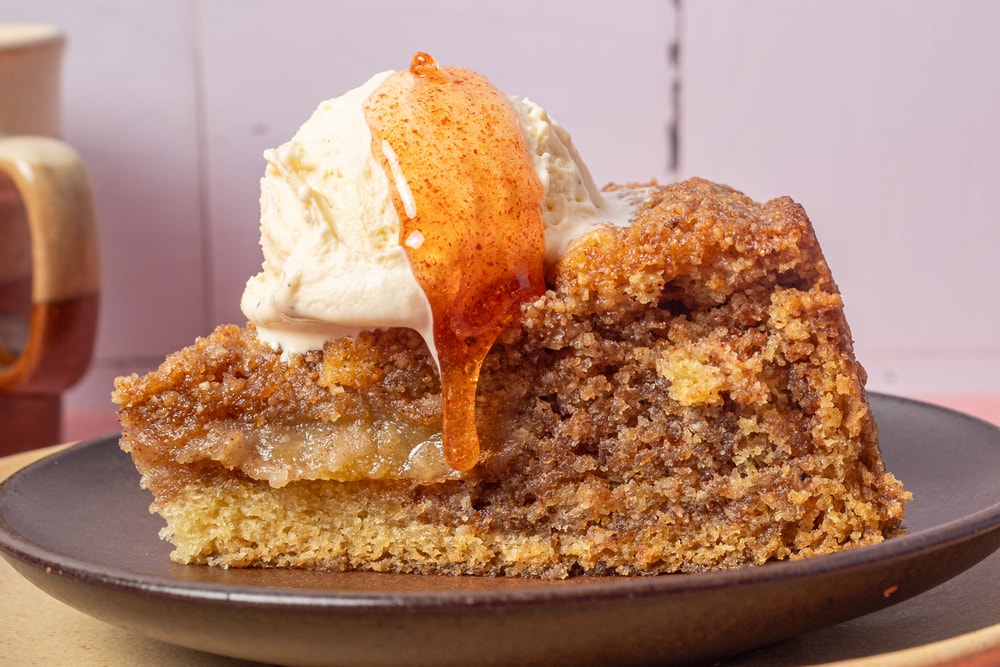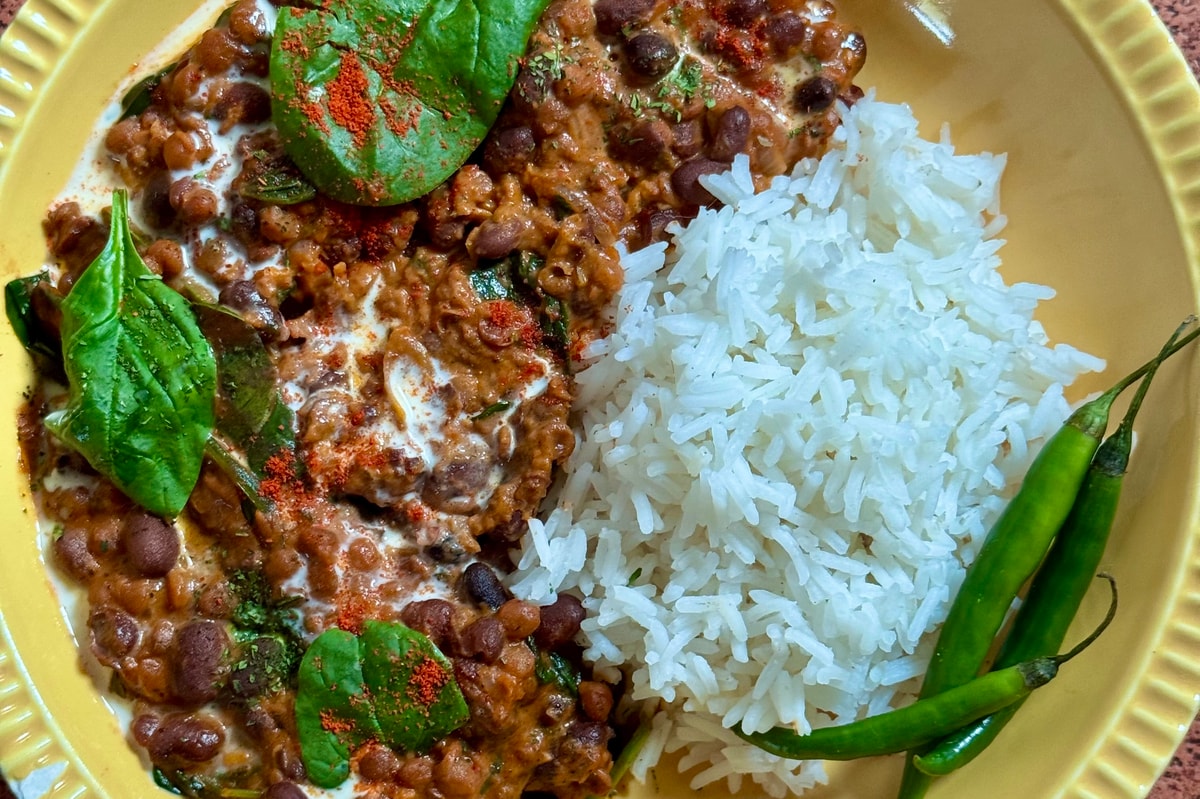Specerijen zijn ons dagelijkse medicijn
The wealth of the kitchen is not so much in the ingredients with which we cook, but in the spices because they have the ability to transform food that is not suitable for us and make it suitable.
* dit artikel is origineel geschreven in het Engels voor Delight Academy. De vertaling volgt nog.
The magic of spices, I could not come up with a more appropriate title, says Dr Martina Ziska, one of the faces in the beautiful digital lineup of powerful Ayurvedic protagonists sitting in front of us. Just to give you an idea of who we are talking about: Gita Desai (producer of the documentary Yoga Unveiled and Ayurveda Unveiled), Ilinca Dumitri-Blanchard (AyurYoga practitioner), Dr Martina Ziska (Ayurveda BAMS and Neurologist MD), Laura Plumb (founder of VedaWise and best-selling author of Ayurveda Cooking for Beginners) and one of our faculty teachers and vaidya Dr. Sayali Kendarkar (BMS graduate). How to squeeze so much ancient knowledge into two hours of Zooming? Great question. It’s just as much of a challenge as finding your proper dose of spice in Italy, it seems.
‘Over the summer I have spent four months in Italy, which is renowned for good food, and it was good food, but it was not perfect food for me. What was missing? The spices!’ Those who are roaming in the field of Ayurveda for a longer time won’t be easily satisfied with only fennel, oregano and some fresh green leaves of parsley that stick between your teeth. More so because our whole zest for life basically depends on it, as the main function of spices is to keep our digestive fire, or Agni, burning. That which keeps us alive and kicking. ‘The first thing mentioned about the function of spices is that they increase digestibility which means they stimulate the Jatharagni, the digestive fire and the whole digestive process. It starts with a response from the sense organs, mainly the smell, so the brain will realize some wonderful food is coming. That makes us salivate and gets the digestive juices running.’
The wealth of the kitchen is not so much in the ingredients with which we cook, mentions Martina, but in the spices because they have the ability to transform food that is not suitable for us and make it suitable. Airy cruciferous vegetables are becoming more Vata-friendly with some cumin and ginger and lasagna becomes more kapha proof with a good pinch of heat and pungency. ‘Regardless of the ingredients that we have, with the help of spices we can always create a meal that is helpful and suitable for us’, she says. We can even decide what effect we want to have from the meal. ‘Do we want it to be stimulating, nourishing, cleansing or even disturbing? With the same ingredients you can make different preparations and that’s only because of the spices.’

Spices as medicine
It’s a famous saying echoing in the Ayurveda hallways worldwide. It’s also clearly mentioned and explained in the 5-hour long documentary Ayurveda Unveiled from Gita Desai. Spice boxes or the so-called Masala Dabba are integrated into daily life, just as much as Ayurveda and yoga. ‘Every household has a spice box that is like a medicine box, which the grandma’s knew. They are old medicines that are covered in the film. It wasn’t a separate study. That’s the genius of the Sages that brought it into the mainstream. If I did not show this context and the birthplace of these traditions, the film would not have roots.’
If we use spices in the right way, we can use them in our food as daily medicine or in the right amounts as direct medicine on their own. A fascinating example comes from one of the students of Martina. Displaying a typical picture of someone who has disturbed digestion up to the point that it limits her food choices. She first cannot digest the heavy foods like dairy, grains and flours. She excludes them but then it continues and she has to exclude more and more foods because her digestive fire is getting less and less (Manda Agni). So even the smallest amounts of food were laying heavy on her stomach due to the presence of lots of air element (Vata) in the digestive tract. This can happen when you leave it empty for too much time and not in the right way. She was getting undernourished and feeling very irritated, because by nature she’s a Pitta type who wants to eat and enjoy food. What turned out to be the solution? To take a very little amount of hing (asafoetida) daily. This smelly spice is a renowned Vata destroyer and removes any excess air from the colon and pelvic area. As proven already for many years, it worked. Afterwards she started digesting better and could slowly include more foods again into her daily diet.
Another great proof of spices being an immense source of health is when you sprout them, explains Laura Plumb, founder of VedaWise and best-selling author of Ayurveda Cooking for Beginners. ‘Most seeds when you soak them in water overnight and then put them in the ground, they will sprout and bring new life. This way spices have more phytonutrients in them then all other veggies and fruits you can have. Of course, pound to pound you’re not eating that much spice but still they are rich and full of bioflavonoids and all kinds of nutrition that benefit our bodies ánd they flavour our meals ánd boost our digestion. That makes them such powerhouses, it’s beautiful that Ayurveda has whole libraries on spices and how we can work with them. They are true medicine.’
‘Don’t be afraid to experiment because that will give you the proper knowledge and will help you to develop a good relationship with them’
From Tulsi to CCF
Endless libraries, books and scriptures solely on spices. Can you imagine? All Ayurveda students know all too well how wonderfully complex it becomes once you start looking beyond the obvious curtain of taste and ‘that nice yellow color’. Every single element in a spice carries a piece of information that can be used for healing. But trying to understand all the different qualities, varieties and how to work with them can be like the crossword puzzle in the New York Times. Fun, interesting but sometimes also incredibly frustrating (it must be our Pitta perfectionism).
Laura: ‘I’m often working with people who are seeking to simplify it. How can I bring in these herbs and use them in my daily life?’ Those who are attending tonight cannot help but notice the beautiful sunny garden Laura sits in which is an uplifting image against the droopy autumn backdrop in the Netherlands. She picks up a tiny leaf and holds it in front of the camera. Fresh Tulsi, something people in India will recognize straight away. ‘It may not be for everyone, it’s a sacred plant, but there’s also fresh mint. A beautiful herb to take in the morning or after a meal for digestion. Just chew on it. I’m saying this because Ayurveda and it’s formulas can be beautifully complex and yet nature is here everywhere around to support us.’
What is her most favorite spice during this time of year? ‘CCF tea which is made from cumin, coriander and fennel seed. Take one teaspoon of each seed, with one liter of (filtered) water and simmer for 15/20 minutes. Strain and enjoy warm throughout the day. Cumin can be a little heating and stimulates metabolism, coriander is a neutral and gentle spice, and fennel can be slightly cooling and gives a good taste, a little bit like licorice. It’s a balanced spice blend that kindles the digestive fire but in a gentle way. If you’re more Vata you can have this with some plant-based milk like almond or coconut while Kapha types do well with a little bit of honey or just have it as it is. You can also put them in your mortar and pestle and give them a nice ground while singing your mantras (“om namah shivaya” or “I love you”) and make kitchari or dal. They are very balancing for this time of year.’
Dare to experiment
Spices are the alchemy in the kitchen. They are carriers of intelligence and we can perceive them as alive personalities by getting to know them better through using our five senses. Which ones are your allies? Your best friends? Which ones will make it into yóur own spice dabba or medicine box? Look at them, taste them, smell them and feel them. Martina: ‘You can start with the ones that either attract or repel you. Playing and discovering what they really are about. Don’t be afraid to experiment because that will give you the proper knowledge and will help you to develop a good relationship with them. Let’s approach them in this wonderful way and see what their magic is about.’







